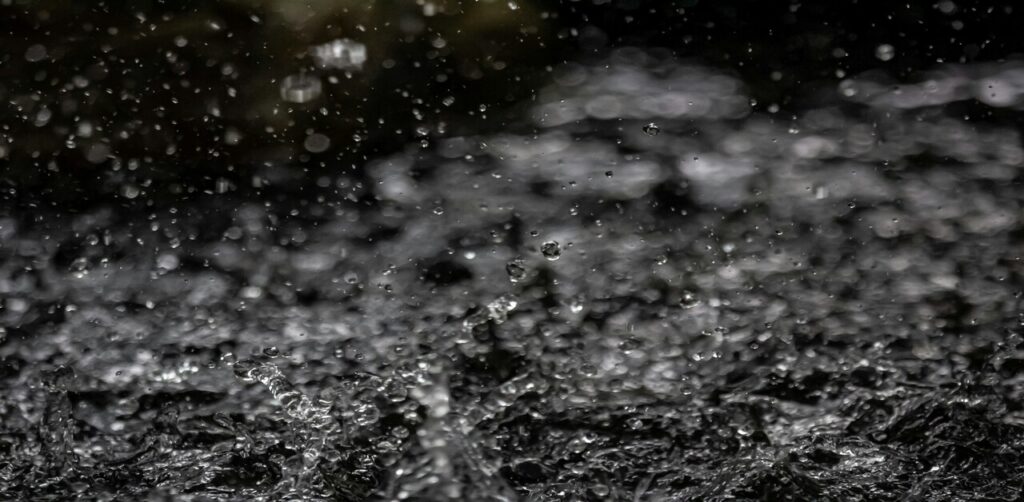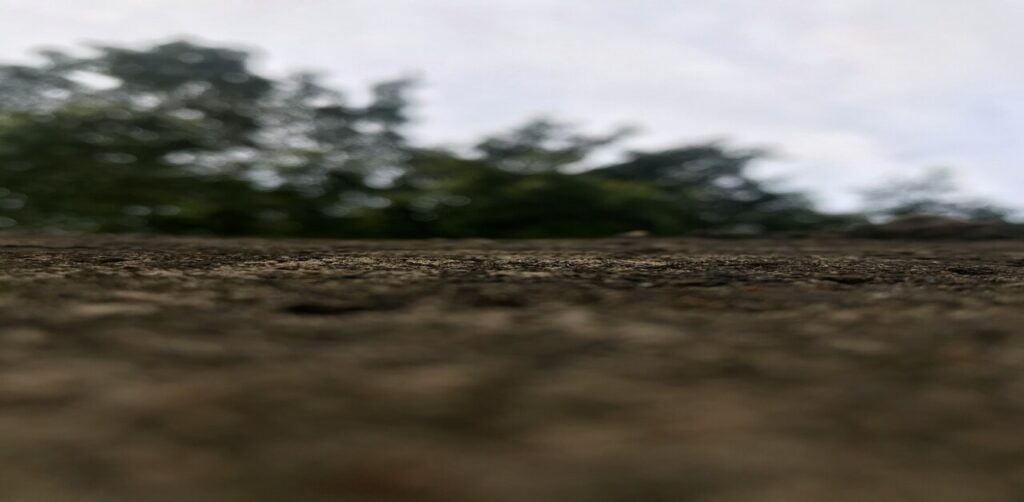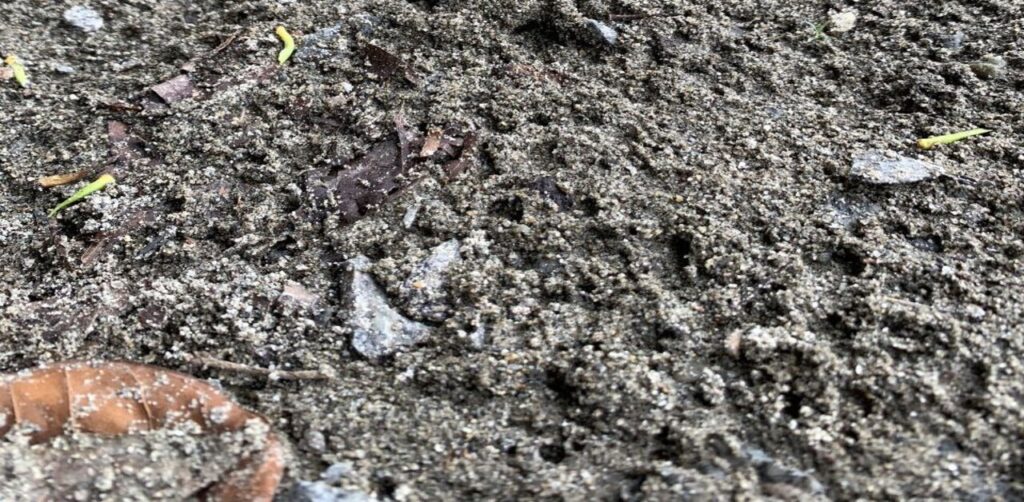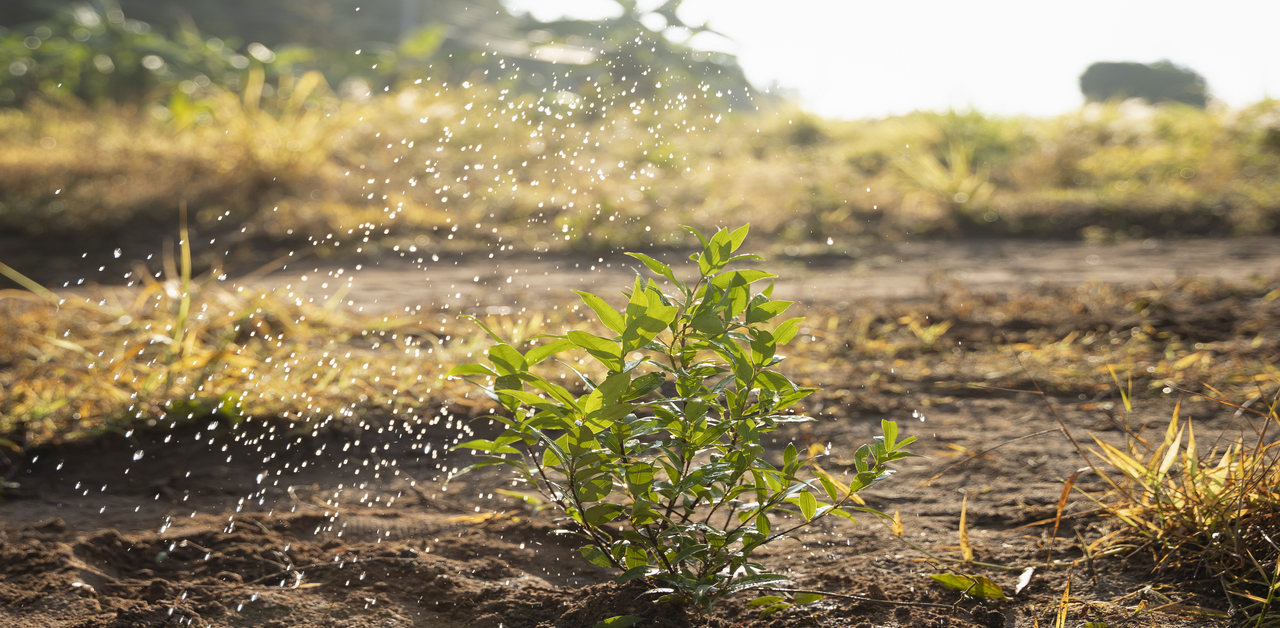Splash erosion is the first stage of soil erosion. It starts the breakdown of the structure of the soil and sets the stage for more severe forms of erosion, like sheet, rill, and gully erosion.
Soil is one of the Earth’s most precious natural resources, essential for supporting plant life, agriculture, and ecosystems.
However, soil is not an infinite resource. It can be damaged or even destroyed by various erosion processes.
Among these processes, splash erosion may appear insignificant at first glance, but it is surprisingly important to the soil’s overall degradation.
In this article, we will discuss splash erosion, Its Processes, factors responsible for it, consequences, and control and prevention measures.
Table of Contents
What is Splash Erosion?
The detachment and transport of soil particles as a result of raindrop bombardment of the soil is referred to as splash erosion.
Raindrops falling on exposed soil have enough energy to rupture soil aggregates and move particles.
The quantity of these dislodged particles may be visible from a few centimeters to several meters away, depending on the intensity of the rain and the soil’s state.
In spite of the fact that a single drop of rain doesn’t really cause much harm, millions of them can wash away a lot of soil during a heavy downpour.
This loose soil is extremely susceptible to transportation caused by wind and water.

Process of Splash Erosion
Splash erosion involves the following actions:
1. Impact from a Raindrop: When a raindrop falls on bare soil, its kinetic energy breaks up the aggregates.
2. Particle Detachment: The impact raises soil particles into the air, such as silt, sand, or clay.
3. Displacement of Particles: Particles that are thrown out in all directions and, most of the time, not in the center of the impact.
4. Micro-cratering Effect: the soil surface will have some minor depressions caused by the impact that make it easy to gather water and lead to subsequent erosion.
This process of breaking down the structure of the soil weakens it even more over time, making the surface smoother and resulting in more crusting and compaction.
Factors Influencing the Splash Erosion
Several factors influence the rate and severity of splash erosion:
1. The intensity of the rain: Rainfall velocity and density can only increase raindrop kinetic energy and velocity, both of which increase soil displacement.
2. Size of a Raindrop: Raindrops of a larger size have a greater impact on the soil than those of a smaller size because they contain more energy.
3. Type of soil: Sandy soils resist splash erosion because they permit rapid water infiltration.
Clay soils are hard to separate from cohesive particles, but if they are twisted, they can easily seal the soil surface.
Silty soils are the most vulnerable because of their lack of cohesion and extremely fine particles.
4. Soil moisture: The soil’s moisture comes from rainfall. Energy from raindrops is more efficiently absorbed by moist soils, whereas particles are easier to separate from dry soils.
5. Protective Vegetation: Crop residues, leaves, and plants act as barriers to prevent the direct impact of raindrops by drastically reducing splash erosion.
6. Roughness on the Surface: The surface that is rough retards the impact and lowers the intensity of the splash of a raindrop.
If you want to read an article about soil erosion in detail, you can click on soil erosion.
If you want to buy a book, “The Power of Your Subconscious Mind,” then you should visit here.

Consequences of Splash Erosion
Even though splash erosion does not necessarily result in a significant loss of soil, it has significant effects:
1. Disaggregation of Soil Structure: The constant pressure exerted by raindrops degrades the aggregates in the soil, decreasing their stability.
2. Sealing and crusting: When this small particle settles into the soil and blocks the pores, it reduces water infiltration and seed germination, leading to the formation of a hard crust.
3. Intensified Surface Runoff: More soil particles are washed away by excess water as the soil’s capacity to hold water decreases.
4. Nutrient Loss: The disturbed soil causes them to lose vital nutrients like potassium, phosphorus, and nitrogen.
5. Based on Greater Erosion: By releasing soil particles and making them easier to wash away, splash erosion makes sheet and rill erosion more likely to occur.
Control and Prevention of Splash Erosion
Splash erosion is more difficult to discourage because it is difficult to reverse.
The most important methods are:
1. Maintaining Vegetative Coverage: The soil is shielded from raindrops by grass, shrubs, and crop residues.
2. Mulching: The organic or synthetic mulch prevents the use of energy of raindrops and moisture in the soil and enhances soil fertility.
3. Cover Cropping: Cover cropping protects the land and stops nutrient leaching in the off-season.
4. Contour Farming: Using the natural land’s contours to plow also slows down water and reduces erosion.
5. Reduced Tillage: Soil disturbance is kept to a minimum to preserve the soil’s structure and prevent loss of surface cover.
6. Windbreaks and Shelterbelts: In addition, these barriers reduce the compounding effect of wind-driven rain, which is primarily intended to protect against the wind.

Conclusion
Although splash erosion is less well-known than landslides or the formation of gullies, it has negative and long-lasting effects on soil health.
Each raindrop that lands on bare ground has the potential to change something by disaggregating, dislodging particles, and preconditioning further erosion.
Understanding splash erosion is the first step toward safeguarding the soil’s resources. With the right conservation practices like mulching, vegetation cover, and sustainable crop agriculture, we will be able to significantly reduce its effects.
In the end, preventing splash erosion is an environmental issue as well as an investment in the life, quality, and sustainability of our land.

